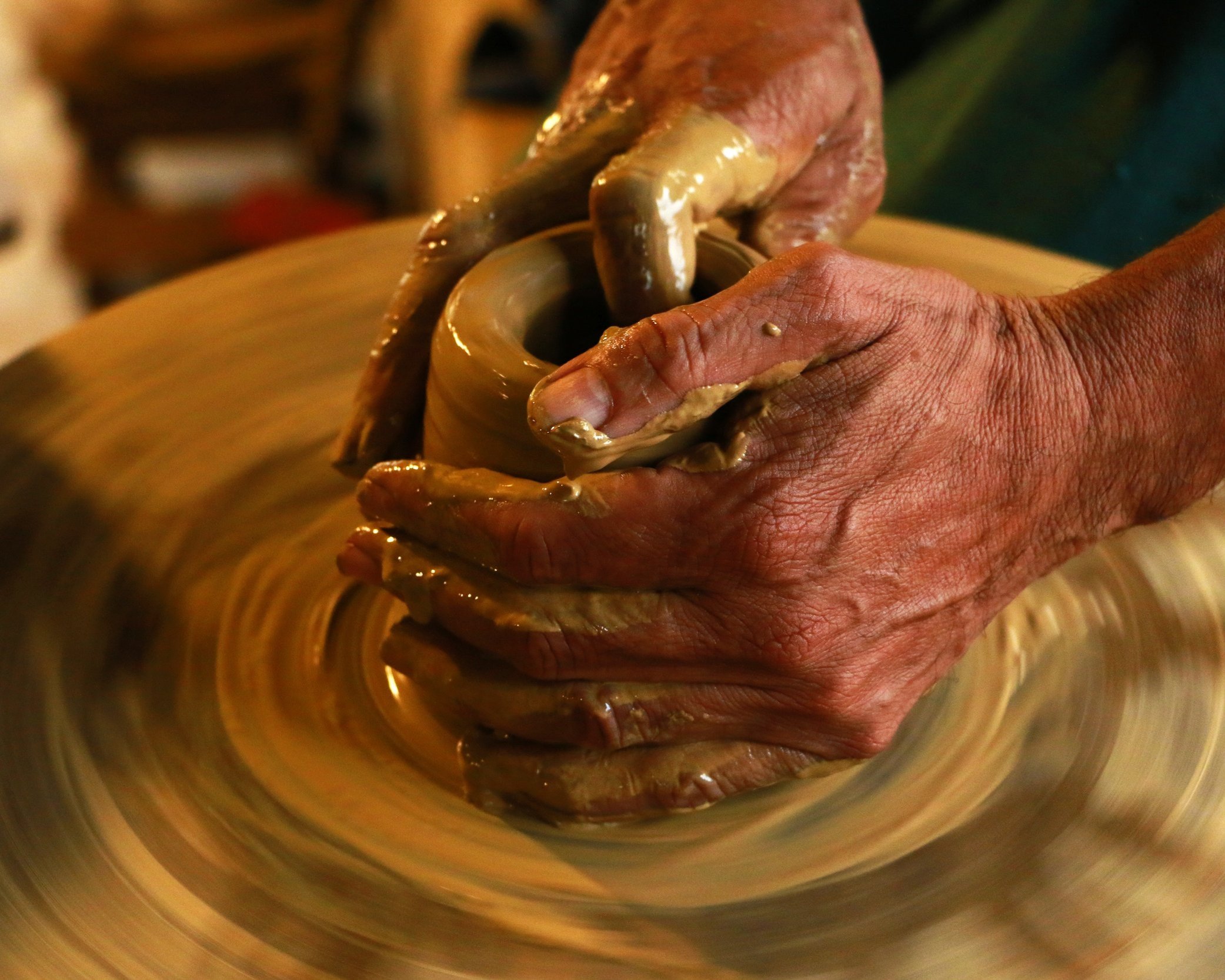Writing Ugly
You love words. So much that you can’t stop them from spilling out of your brain. You dash home, clear your schedule, and sit—fingers poised above the keyboard, or pen in hand over a sheet of paper, ready to breathe life into the figments of your imagination and… nothing. Somehow, somewhere, the words are stuck, refusing to flow.
This is when I channel Marvin the Martian, whining, “Where are the words? There are supposed to be earth-shattering words.”
“Where are the words? There are supposed to be earth-shattering words.”
Even now, writing this, I struggle. Is this how I want to start? Do I have a powerful hook? What about the right structure? Will my words add value, or am I just ‘adding to the noise[1]’?
I write in fits and starts, pouring out my thoughts and then I stop, wanting to fix the beginning… again. These same words came so easily when I was sharing my idea with a friend, but the switch from narrator to scribe is sometimes tricky, and we feel the loss in translation.
The best remedy is this: Write anyway. Anything. In or out of order. Get your ideas out of your head and into text. Let your first draft be as ugly and disjointed as it needs to be born. You can clean it up with the next pass. And polish it with another. You can’t edit a blank page.
Great works of art may come from a potter’s wheel, but it takes more than sitting and spinning the table. Nothing can be formed until a lump of clay is slapped onto its surface. Only then can the artist’s hands run over the surface, watering and wiping, stretching and shaping the malleable clay until form and function emerge.
So it is with our stories. We want the impact to be as present on our page as it was in our mind, but that will take time and work. The hidden beauty exists, residing in its potential, but to be realized, it needs shaping.
Great works of art may come from a potter’s wheel, but it takes more than sitting and spinning the table.
Don’t deprive the world of the wonders your mind has concocted just because it takes some time to communicate them. Slap that lump of clay on the page that is your wheel. Spin it, wet it, squash it—work the clay.
Encourage yourself with Shannon Hale’s words. “I’m writing a first draft and reminding myself that I’m simply shoveling sand into a box so that later I can build castles.”
Here are some practical tips:
Use brackets if you’re not sure of a word.
Use bullet points for your ideas, especially sequences. It’s what I’m doing now.
Use comments to note things you need to research so that you won’t get distracted from content creation.
Do writing sprints or write-ins with others. A little accountability (and sometimes competition) can make your writing time more productive.
Place-kittens are images designers and coders use when they don’t have all the content, but they still need to create a structure.
A friend uses a script-like format for his first drafts, with stage-direction and environmental comments dispersed throughout.
Do you see the pattern?
You don’t need to have all the pretty words to sketch your story. You just need to start.
[1] Adding to the Noise, from The Beautiful Letdown by Switchfoot. Released on February 25, 2003
Write Ugly was first published by Almost An Author on April 11, 2022

